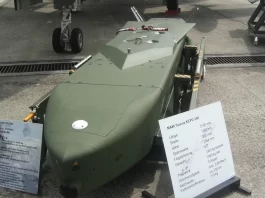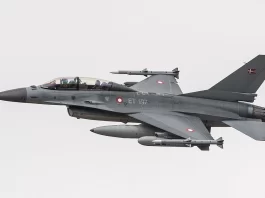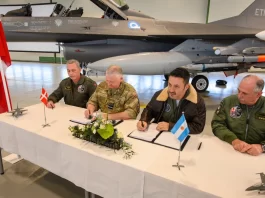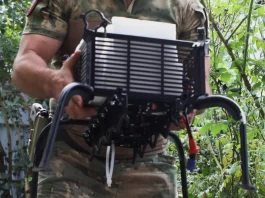The French Ministry of Defence has ordered 109 Caesar NG (Next Generation) Mk II self-propelled howitzers from the French-German cooperation KNDS (KMW+NEXTER Defence Systems). The obsolete AuF1 (Automoteur modèle F1) self-propelled tracked howitzers will no longer be produced after this order.
Currently, the French army has 76 self-propelled Caesar howitzers from the first generation and 33 AuF1 howitzers that have reached the end of their service lives.
By 2008, 77 Caesar Mk1 howitzers had been bought and delivered using the Sherpa 5 6×6 chassis. One cannon was decommissioned, and according to French media, 30 howitzers were shipped to Ukraine. These howitzers will be replaced by March of this year. However, there is a catch: in 2022, Paris ordered only 18 new Caesar MK Is as replacements. The remaining 12 were most likely quickly supplied from KNDS reserves. By March 2024, the French army will have 76 Caesar Mk1 howitzers.
During the first few weeks of the war in Ukraine, the French Army took 18 Caesars from its stockpile. In March 2023, French Defence Minister Sébastien Lecorn said that about thirty Caesars would be delivered to the French army between November 2023 and March 2024.
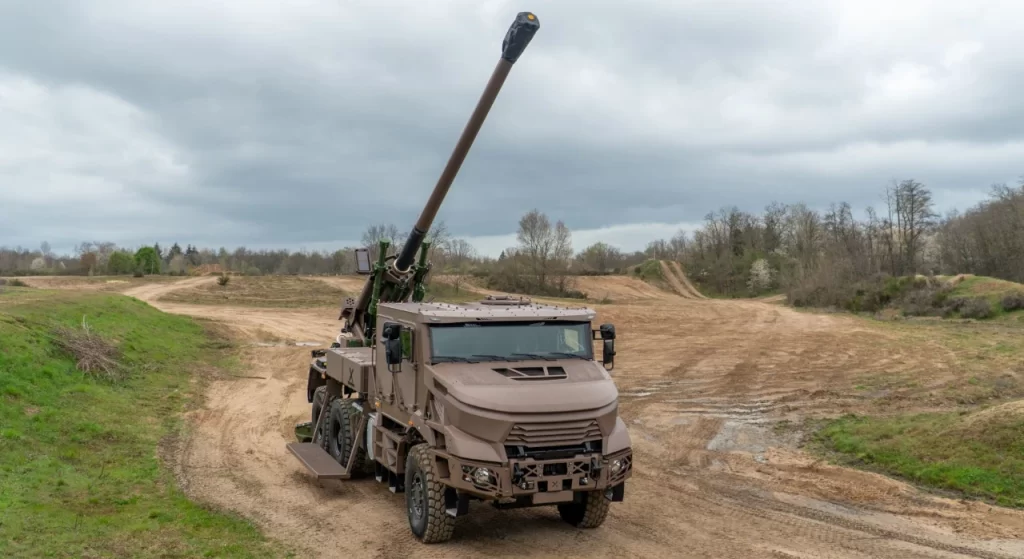
According to the French Military Planning Law for the years 2019 to 2025 (Loi de programmation militaire 2019-2025) and the recently approved LPM 2024 – 2030, the French army is expected to have 109 self-propelled howitzers – a combination of Caesar Mk1 and AuF1. This figure is also expected in the published LPM 2024 – 2030 plan for 2035.
In 2022, discussions began about purchasing 109 Caesar NG howitzers, which were newly new at the time. On December 30, 2023, Paris announced signing a contract with the KNDS consortium to purchase the specified number of Caesar NG howitzers for 350 million euros. Deliveries will take place between 2026 and 2030, with a two-year warranty.
This demands the question of what will happen to the current 76 Caesar Mk I howitzers. It is uncertain whether they will be kept as battle reserves, cannibalised, or given to Ukraine.
The Caesar NG’s development began in December 2021, and the French military procurement agency DGA (Direction générale de l’Armement) is now testing three Caesar NG prototypes. The testing will continue until the end of 2025. These results will create the final configuration of the Caesar NG for the French army.
The Caesar NG howitzer has the same 155mm barrel with a length of 52 calibres (L52). The principal enhancements concern crew safety, mobility, communication and networking capabilities.
The revised four-door cabin offers improved ballistic (level 2, STANAG 4569A) and anti-mine protection. The new engine produces 343 kW, double the power of the old 160 kW. Everything is installed on a new Arquus 6×6 chassis.
Another hardware change is a more powerful hydraulic pump, which allows for faster deployment and retraction of the large rear hydraulic stabilising support. This enables the firing position to be taken or left in seconds.
The Caesar NG will be outfitted with the most recent fire control system, and the interior layout of the cabin will include the installation of the French army’s digitised/automated combat management system SCORPION, specifically the most recent digital radio NCT-t (Noeud de Communications Tactiques) from the CONTACT programme. It may possibly incorporate Thales BARAGE electronic warfare equipment, which might be employed against drones in the future. Belgium will use BARAGE systems on its Caesar NG howitzers from the start.
Weibel, a Danish manufacturer, will provide the Caesar Mk II with a new radar for detecting projectile parameters such as radial velocity, slant range, rotation, and flight stability. This enables rapid fire modifications based on the projectiles’ actual behaviour. In addition, a new Safran Geonyx inertial navigation system will be deployed to improve localisation in conditions where satellite navigation signals are missing or disturbed.

